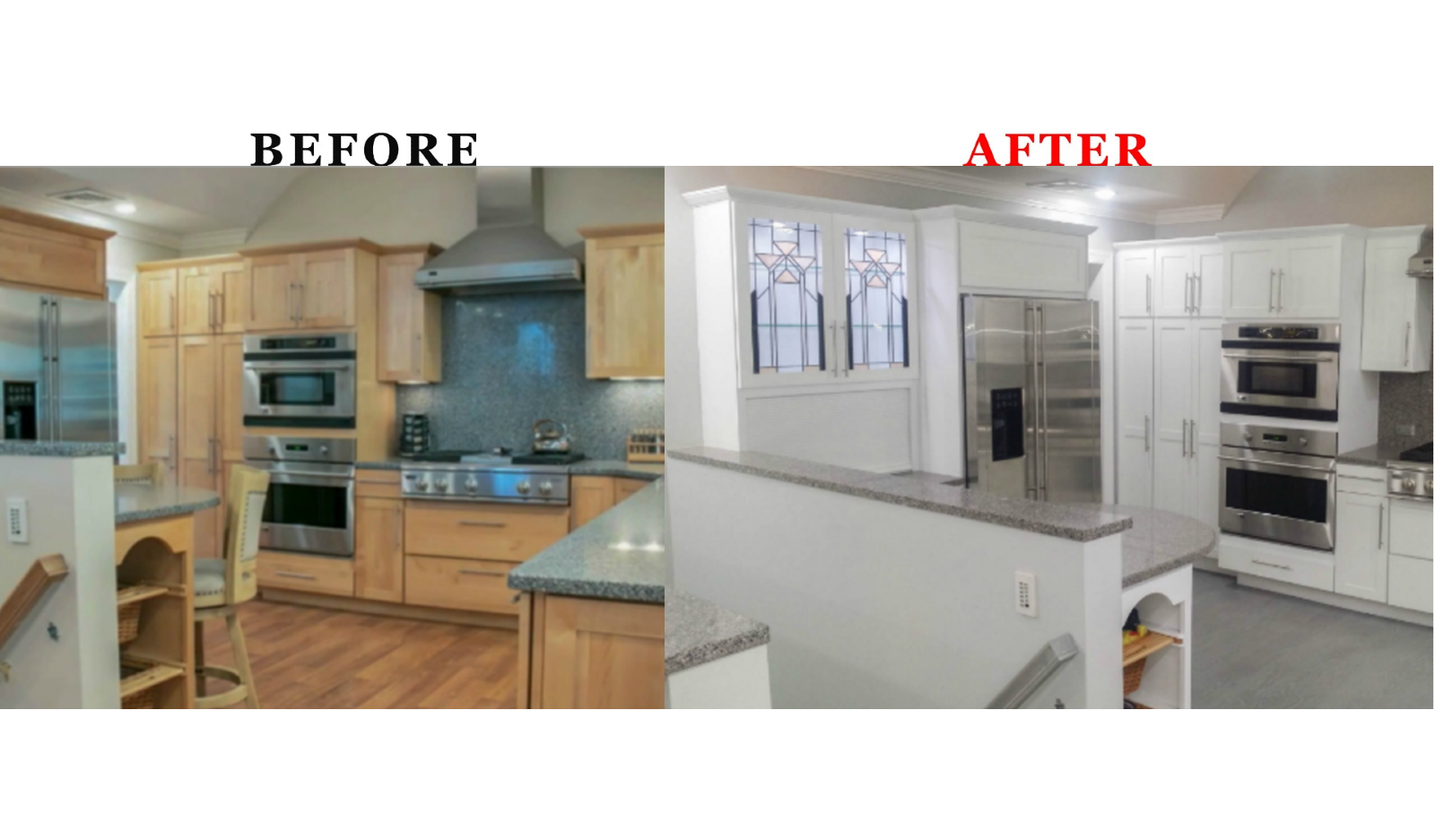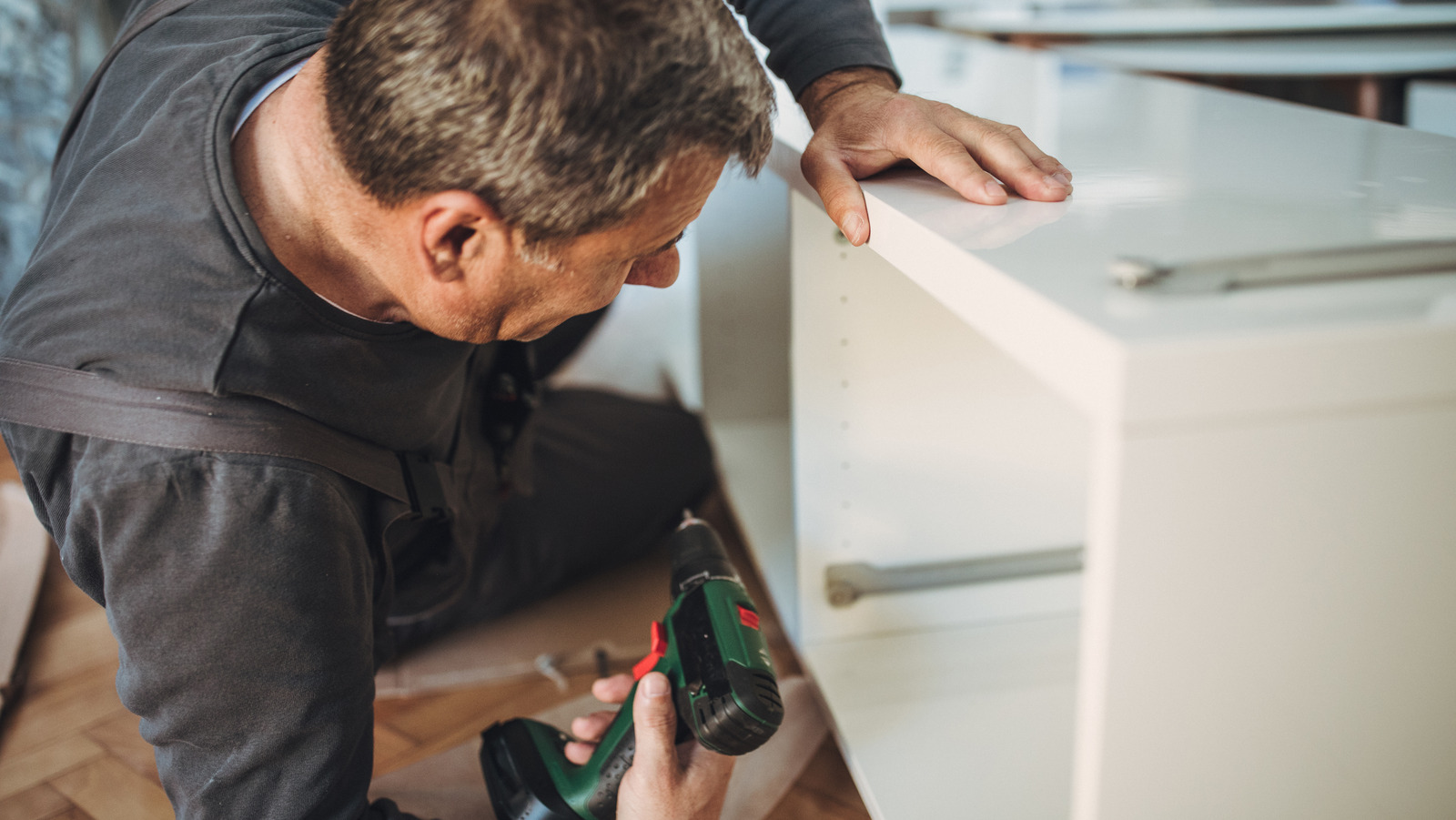Drilling Holes in Cabinet Doors

Drilling holes in cabinet doors is a common task, but the timing—before or after painting—significantly impacts the final result. Choosing the right approach depends on the complexity of the holes and your comfort level with precision work. Both methods have their advantages and disadvantages, which we’ll explore in detail.
Advantages and Disadvantages of Drilling Before and After Painting
Drilling *before* painting offers greater precision. You can accurately position the holes without worrying about paint chipping or clogging your drill bit. However, you risk damaging the painted surface later if you’re not careful with handling. Conversely, drilling *after* painting avoids the risk of paint damage during the drilling process, but it’s much harder to achieve precise hole placement and you risk chipping the paint around the hole. The type of paint used also plays a crucial role. Oil-based paints are harder and more resistant to chipping, while latex paints are softer and more prone to damage during drilling.
Preparing Cabinet Doors for Drilling
Proper preparation is key regardless of whether you drill before or after painting. For pre-painting drilling, clean the cabinet doors thoroughly, ensuring they’re free from dust and debris. Mask off areas around where you’ll be drilling to protect the surrounding wood from scratches. Use painter’s tape to create a clear guide for your drill bit. After painting, use painter’s tape to protect the surrounding area from scratches and also to help you precisely position your holes. You may also consider using a self-healing cutting mat under the cabinet door to protect your work surface. For both methods, clamping the cabinet door securely to a stable work surface will improve accuracy and prevent movement during drilling.
Tools and Materials for Drilling Holes
The tools and materials required vary slightly depending on whether you drill before or after painting.
| Tool | Material | Pre-Painting Use | Post-Painting Use |
|---|---|---|---|
| Drill | N/A | Essential | Essential |
| Drill Bits (appropriate size) | N/A | Essential | Essential |
| Painter’s Tape | N/A | Recommended for masking | Essential for masking and hole placement |
| Clamps | N/A | Recommended for stability | Recommended for stability |
| Sandpaper (fine grit) | N/A | Optional, for smoothing edges after drilling | Optional, for smoothing edges after drilling and touching up chipped paint |
| Wood Filler | N/A | Optional, for filling imperfections before painting | Essential for filling imperfections after drilling and touching up chipped paint |
| Touch-up Paint | Paint matching cabinet color | N/A | Essential for repairing chipped paint |
Impact of Paint Type on Drilling, Drill holes before or after painting cabinets
Oil-based paints are harder and more resistant to chipping than latex paints. Drilling through oil-based paint requires a sharper drill bit and potentially a slower speed to avoid excessive heat buildup and paint splatter. With latex paint, a sharper bit is still recommended, but the slower speed is less critical. Drilling *after* applying latex paint carries a higher risk of chipping, requiring more care and potentially a smaller drill bit. For both types of paint, using a drill bit designed for clean entry and exit is crucial to minimizing chipping. Using a low speed will help prevent the build-up of heat, which can melt or burn the paint.
Practical Considerations and Techniques: Drill Holes Before Or After Painting Cabinets

Drilling holes in painted cabinets requires precision and care to avoid damaging the finish. This section covers best practices for accurate hole placement, appropriate drilling techniques for different materials, common mistakes and their solutions, and achieving a professional finish. We’ll also delve into the use of various drill bits to ensure the best results.
Accurate Hole Location and Drilling Techniques
Precise hole placement is crucial. Before drilling, always double-check your measurements and markings. Use a quality measuring tape and a sharp pencil to mark the exact location of each hole. A center punch can help prevent the drill bit from wandering. For drilling through multiple doors or cabinets, use a template or jig to maintain consistency. This ensures all your holes are perfectly aligned. When drilling, use a slow, steady speed to avoid burning or damaging the wood or paint. Apply gentle pressure to maintain control and prevent the bit from slipping. Different materials require slightly different approaches: hardwood may need a pilot hole, while MDF may be more forgiving.
Common Mistakes and Their Solutions
Several common mistakes can lead to frustrating results. One frequent issue is drilling at the wrong angle, resulting in misaligned holes. To avoid this, use a drill guide or clamp the cabinet door securely to ensure a perpendicular drilling angle. Another common error is applying too much pressure, which can lead to chipping or cracking of the paint around the hole. Use light pressure and allow the drill bit to do the work. If you do chip the paint, a touch-up pen can often correct the minor imperfections. Finally, using the wrong type of drill bit can also cause problems. Using a dull bit can lead to splintering, so always use sharp bits.
Creating Clean, Professional Holes
Achieving a clean, professional look involves several key steps. First, always start with a pilot hole, especially in hardwood or MDF. This smaller hole guides the larger bit and prevents splintering. The pilot hole should be slightly smaller than the diameter of the final hole. Next, use the appropriate size drill bit for your application. For hanging hardware, you might need a countersinking bit to create a recessed hole for the screw head, preventing it from protruding. After drilling, carefully wipe away any sawdust or debris. If necessary, use fine-grit sandpaper to smooth any rough edges around the hole. For painted surfaces, masking tape around the drilling area can help prevent chipping.
Drill Bit Types and Sizes
Selecting the correct drill bit is vital. For pilot holes in wood, a standard twist drill bit slightly smaller than the final hole size is ideal. For MDF, a slightly larger pilot hole may be acceptable due to its softer nature. For countersinking, a countersink bit is necessary. The size of the countersink bit should match the screw head size to ensure a flush fit. The bit sizes will vary depending on the size of the hardware you are installing. For example, a small screw might require a 1/8″ pilot hole and a #6 countersink bit, while a larger screw might need a 1/4″ pilot hole and an #8 countersink bit. Always select bits appropriate for the material; for instance, a metal drill bit is not suitable for wood.
Drilling Holes in Painted Cabinets: Timing is Everything

Planning to add some hardware to your newly painted cabinets? The timing of drilling those holes can significantly impact the final look and longevity of your project. This guide will help you decide whether to drill before or after painting, explaining the pros and cons of each approach so you can make the best choice for your project.
Drilling holes before painting offers several advantages. First, it’s easier to control the accuracy of your drilling. You can clearly see the wood grain and mark your hole locations precisely. This minimizes the risk of mistakes, saving you time and frustration. Secondly, any minor imperfections caused by drilling are easily concealed by a fresh coat of paint. Finally, it’s often simpler to clean up sawdust before painting, preventing it from becoming embedded in the wet paint.
Drilling Before Painting: A Closer Look
This method is generally preferred by experienced DIYers. The precision afforded by drilling into bare wood allows for a cleaner, more professional-looking result. The paint effectively seals the hole, protecting the wood from moisture and preventing splintering. However, remember to use painter’s tape to mask off the surrounding area before drilling to prevent accidental paint damage. A sharp drill bit is also crucial for clean holes.
Drilling After Painting: Considerations
Drilling after painting is a viable option, particularly for smaller holes or when using a self-centering drill bit. It minimizes the risk of damaging the finished paint job. However, it requires greater precision to avoid chipping the paint. You’ll need to work slowly and carefully, using a low-speed setting on your drill. If chipping does occur, it can be easily touched up with paint.
Choosing the Right Method
Ultimately, the best approach depends on your comfort level with DIY projects and the specific demands of your project. If you’re confident in your drilling skills and prefer a cleaner result, drilling before painting is the way to go. If you’re less experienced or concerned about damaging the paint, drilling after painting is a perfectly acceptable alternative. Careful planning and preparation are key regardless of your chosen method.
